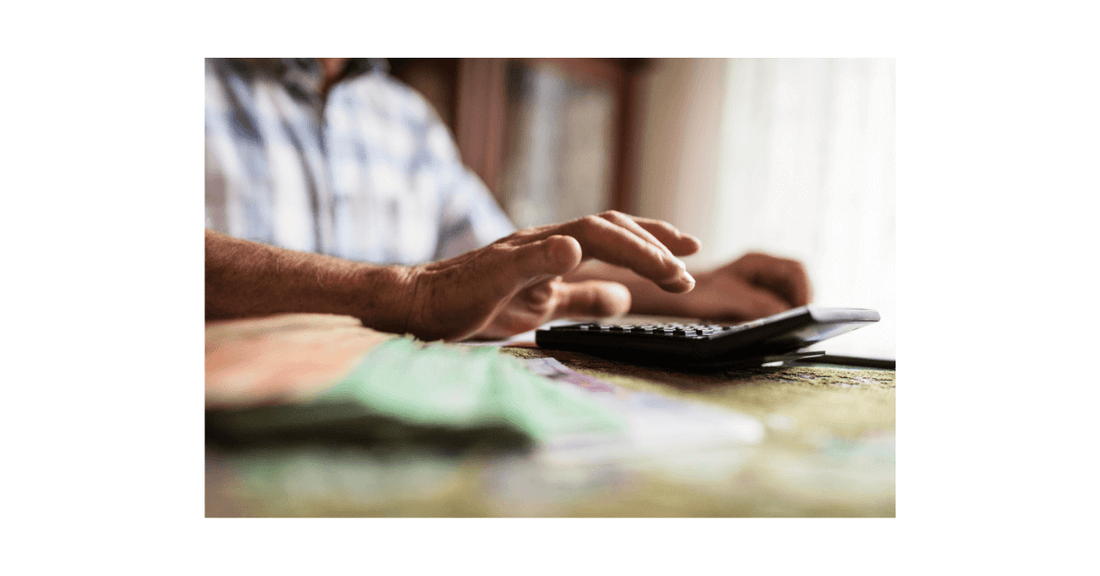
Is Dupuytren's Contracture a Disability?
Dupuytren's Contracture, also called palmar fibromatosis, is an atypical hardening and thickening of the tissue in the palm. The tissue hardens in a cord-like shape in the area that connects the fingers to the palm. Therefore, it results in one or more fingers getting pulled inward towards the palm. If someone with Dupuytren's has fingers like this, their fingers will not be able to fully extend.
This condition was named by the surgeon Guillaume Dupuytren, in the 19th century. But its origins are much older, and are said to have been spread by the Vikings. It's hypothesized that those who carry Breton and Norman genes can also carry Dupuytren's Contracture.
The disease progresses over time and can become a disability if it gets severe enough. This is because people who suffer from bad bouts of this condition will lose the ability to fully stretch their palm, grasp large objects, and participate in activities that involve the movement of all the fingers. Dupuytren's mostly affects the ring and pinky fingers, but in some extreme cases it can alter the function of all the digits, including the thumb.
Can I get disability benefits for Dupuytren's Contracture?
Since it is a form of disability, in some cases you can obtain a disability benefit. However, to qualify for disability benefits you must meet some requirements. As of 2020, the main stipulation is that you must not work and cannot generate a yearly income of more than $1260.
Dupuytren's Contracture limits someone's strength and dexterity of the hand, so if you are working in a job where those concerns don't impact your role, you will not qualify for disability funds.
CAN DUYPUTREN'S CONTRACTURE QUALIFY FOR SSA?
This will depend on the nature of your work. Dupuytren's Contracture limits someone's strength and dexterity of the hand, so if you are working in a job where those concerns don't impact your role, you will not qualify for disability funds.
How can I avoid getting Dupuytren's Contracture?
- A family history of Dupuytren's Contracture is the largest risk factor, which usually worries people. But there isn’t any evidence to indicate that people who have family members with this syndrome will definitively develop it. Stretching and massage is a good way to keep your hands limber and avoid being affected by this risk factor
- Smoking is another habit that leads to poor oxygen and blood flow within the tissues. This further tightens and hardens areas that produce excess tissue due to Dupuytren's. You can address this by avoiding smoking whenever possible.
- Heavy drinking and alcoholism also contributes to tissue concerns, since people who regularly and heavily consume alcohol will have more difficulty building muscle than those who do not drink. This will lead someone with Dupuytren's to exhibit further impaired strength. You can avoid this risk factor by refraining from drinking alcohol.
- Diabetes and epilepsy are two conditions that impact someone's risk for Dupuytren's. Both diagnoses impact circulation, so they can cause decreased blood flow within the hand and other parts of the body. While someone cannot avoid having these conditions, they can take steps to follow their doctor's recommendations and effectively manage these conditions, either with medication or other treatments. This will minimize their impact on the chances of someone getting Dupuytren's.
- Men of Northern European descent over the age of 40 seem to be the group that is most at risk. Again, ethnicity and age cannot be avoided. But, if someone does fall into this group, they can take the above steps and engage in regular stretching and massage to prevent issues from arising.
Diagnosis of Dupuytren's Contracture
In order to obtain an official diagnosis of Dupuytren's Contracture, you need to be seen by a hand specialist. They are fully trained and experienced in correctly diagnosing Dupuytren's Contracture.
In order to do this, they will first assess the nodules in the patient’s palm by looking and then potentially feeling them to see if they are hard or soft. Then, they will look at the contracture of the tissue and the mobility of the fingers. They will record their findings, the level of the contracture they determine through their exam, and the extent of the symptoms. There are three grades of Dupuytren's Contracture:
- Grade 1 represents the formation of a nodule in the palm that may or may stem from thickened tissue.
- Grade 2 causes a band to develop and along with poor finger extension.
- Grade 3 is when a full contracture has impacted one or more fingers.
There are no specific tests that can be conducted in order to determine the diagnosis and it is purely observational based on the doctor's experience. After a diagnosis, the specialist will then advise you to get treatment or will recommend a “wait and see approach”. This usually occurs when the disease is in the early stages, which is when it's acceptable to wait and monitor the progress to determine if another type of intervention is needed. If this is the case for you, you will probably be asked to return to your doctor in three to six months so they can see the development, if any.
When should I see a doctor?
A lump or nodule anywhere on the body should be investigated as soon as possible. So, if you notice a nodule on the palm of your hand, don’t postpone a visit to the doctor since this may or may not be related to Dupuytren's Contracture.
Your doctor may have you take a tabletop test. This involves putting your hand, palm down, on a table. If you cannot keep your palm flat on the table, this may indicate Dupuytren's, so you will probably receive a referral to a hand specialist.
If your doctors tells you you're in the early stages of Dupuytren's, it's best for you to begin exploring natural approaches such as anti-inflammatory contracture cream.
Learn More